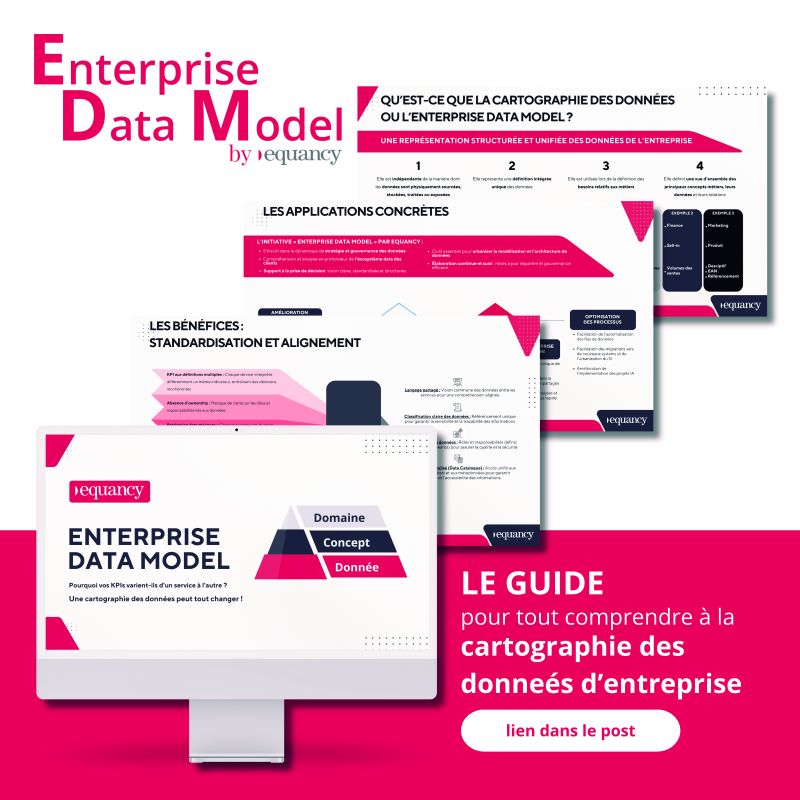3 challenge marketing digital automotive 2023
For several years, the automotive sector has been undergoing a profound transformation in its customer journey. Today, 87% of new car buyers have looked for information online (Spinpart, 2021). Even if the dealership remains a key passage, 82% of customers declare that they go there to see a model that they have previously chosen on the internet. This evolution towards digital is taking place relatively late compared to other sectors. In France, the weight of digital only represents 30% to 35% of automotive advertising investments, whereas it represents more than 50% for all industries combined (Kantar, 2021). However, the digital budget of manufacturers should grow by more than 15% by 2024 (eMarketer, 2022).
1) Will we finally see automotive e-commerce in 2023?
Digital technology has therefore become a permanent feature of the customer journey for car buyers. Starting with the research phase, where the presence on different types of digital channels is becoming more and more essential. Social networks in particular are increasingly used as new search engines. According to an eMarketer study in 2022, ¾ of TikTok users who want to buy a vehicle used the platform as a search engine. 60% of them say that a manufacturer with an entertaining and playful presence on the platform could influence their choice. While TikTok's target audience is still very young, this trend could grow among future buyers. Video in general plays a key role as 65% of car buyers would consult Youtube when preparing their purchase (Google Think Auto, 2021).
Manufacturers also need to make it easier to search in the consideration phase, by making all information available on the site to facilitate conversion. Brands such as Audi and BMW already make dealer stock visible to users. Tools that link directly to the dealership continue to develop to facilitate online conversion, such as live shopping or e-advisor platforms. These solutions also help to reassure customers and answer any questions they may have without having to visit the dealership.
Finally, since Covid we have observed that a growing number of vehicle buyers are asking to be able to place orders online without going through the dealership. France remains more cautious about this trend than its European neighbours. According to the latest Google Think Auto 2022 study, 7% of vehicle sales in France are made 100% digitally, which is almost three times less than in the UK, where 1 car in 5 is sold online. This difference is consistent with the fact that France lags behind its European neighbours in the development of e-commerce across all industries. For example, the overall e-commerce turnover in the UK was equivalent to twice the French e-commerce turnover (EuroCommerce/Ecommerce Europe, 2021).
Whether they are ready to finalise their order online or not, today's future buyers need flexibility in their customer journey. To anticipate these demands, manufacturers need to offer a fully digitalized customer journey for those who want it. They need to be able to offer several options: from buying online with home delivery to simply looking for information or booking a test drive online.
2) Will new technologies help bridge the gap between the digital journey and the dealership?
In an increasingly complex buying journey, automotive brands are looking for more granular tracking of their conversions. Increasingly, manufacturers are changing their performance monitoring indicators to better reflect the impact of digital marketing on sales and more accurately estimate ROI. The challenge is to follow the user once he leaves the digital journey to finalise his purchase in the dealership.
In this logic, drive-to-store campaigns help to attract the customer to the dealership. Geolocation campaigns, or Dynamic Creative Optimisation (DCO) audio, allow the advertising message to be personalised to take the customer to the nearest dealership. In particular, DCO integrates finer segmentations to adapt the message and the creative of the advertisement so that it is as relevant as possible to the user. To really measure the impact of their campaigns, manufacturers have tested several solutions. The installation of a meter box in dealerships can be linked to the KPIs of digital campaigns. This integration evaluates the real impact of an activation on dealership visits and can eventually be used as a performance measurement indicator for conversion campaigns.
However, one difficulty remains: how to reconcile web browsing data with dealership visits? This is the role of a Customer Data Platform (CDP), which consolidates CRM data, web browsing, and third-party data. These emerging solutions create a unified user ID and allow better tracking of the user journey and avoid duplication of advertising messages. This data can be used by dealers to better allocate resources and focus on customers closest to conversion. This 360° view of the customer provides a key advantage in a shrinking market where retention is crucial.
3) Can the adoption of luxury codes respond to a context of a move upmarket?
The year 2022 marks a further decline in the new car market with a 4.6% fall in sales in Europe according to ACEA. In a market that will probably not return to its sales levels before Covid, most manufacturers are seeking to improve their margins by selling more expensive vehicles and services to increasingly premium targets.
The sector is also restructuring its offer: between the electrification of models and the increase in fuel prices, owning and using a car is increasingly becoming a luxury. This trend has accelerated in recent years with a 21% increase in new car prices in just two years. As a result, the sector is rethinking its marketing strategy in depth to reposition the brand and target a premium and CSP+ clientele. More and more manufacturers are adopting the codes of luxury in their marketing strategy to achieve this change in target.
Starting with websites that seek to reflect the quality of the brand with high definition images and videos and interactive interfaces. The most luxurious brands are redoubling their efforts to stand out and maintain their position at the top of the range. Some, such as Audi or Porsche, are using augmented reality or virtual reality to offer a more immersive and personalised customer experience.
Manufacturers are also turning to e-sports, where luxury brands have already been investing for several years. Lamborghini, for example, is creating its own video game, Mercedes-Benz - official partner of the League of Legends championships - is integrating its models and offering custom designs in existing games. Brands are also starting to take an interest in platforms close to the gaming community, such as Discord, which allow them to create communities around the brand. In December 2022, Lamborghini invested in the platform, following in the footsteps of luxury brands such as Prada and Gucci. Others, such as McLaren, are positioning themselves on the Web 3.0 that is so popular in the luxury world. The challenge will be to successfully integrate the Metaverse universe into a coherent omnichannel customer experience between social networks, their gaming universe and their 3.0 space. Experimenting with NFTs and these new platforms also reflects an image of a brand at the cutting edge of technology, ready to test new innovations and invest in the future.
The digital transformation of the sector is accelerating through the evolution of the purchase and usage path, the increased use of data to improve marketing ROI, premium innovation and the adoption of Web 3.0 technologies. If we add to this forced electrification and financialisation, the automotive ecosystem is undergoing three radical transformations.
Esther Magron
Digital Marketing Consultant




